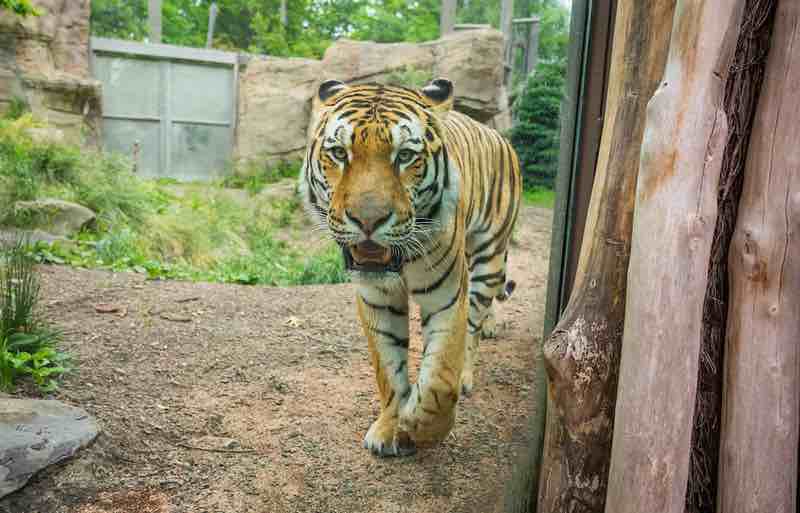
Thu 3/16 @ 11:30AM
I still remember my first visit to the Cleveland Zoo back in the early 70s. Back then, animals were kept in buildings with rows of glass-fronted enclosures that offered the animal a similarly sized outdoor space through a back door which the zookeepers could open — or not. I watched a panther pace in the small space, obviously frustrated with his confinement in a cage smaller than the average kids’ bedroom. I wanted to let him out and take him home!!!
There are those who think all zoos are cruel and inhumane, but the reality is that many of these animals would otherwise be extinct, as humans have destroyed their habitats. And visiting the animals educates people about their lives and their needs.
Luckily, zoos are different places these days, where animals live in expansive built “habitats” that mimic their natural surrounding and give them more stimulation, allowing them a lifestyle close to what they would live in the wild.
In recent years, the Cleveland Metroparks Zoo has designed and built a series of such areas, including its Rosebrough Tiger Passage, the Rhino Preserve and the African Elephant Crossing. This summer it will open an expanded habitat for its tropical bears called Bear Hollow.
The zoo’s executive director, Christopher Kuhar, who just completed a decade with the organization, returns to the City Club to talk about what’s happened at the zoo recently and what’s on the drawing board for the zoo’s future, including Bear Hollow, its baby black rhino, and the long-term plans to expand the Rain Forest with a Primate Forest that will be home for the gorillas and orangutans, as well as the role of zoos in the future.
Dr. Kuhar will be in conversation with Ideastream reporter/producer Gabriel Kramer starting at noon. The forum will also be livestreamed. If you have questions, you can tweet them to @TheCityClub or text 330-541-5794.
zoos-of-the-future-conservation-science-and-education-in-a-changing-world